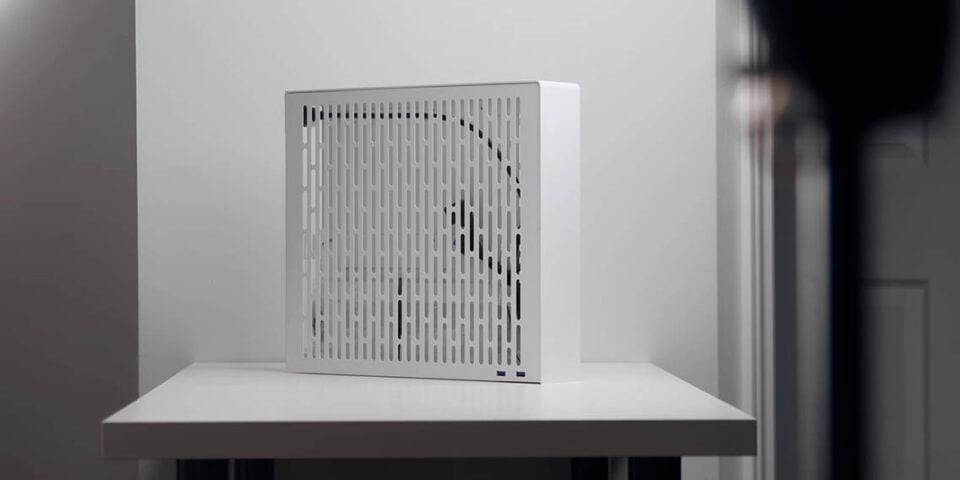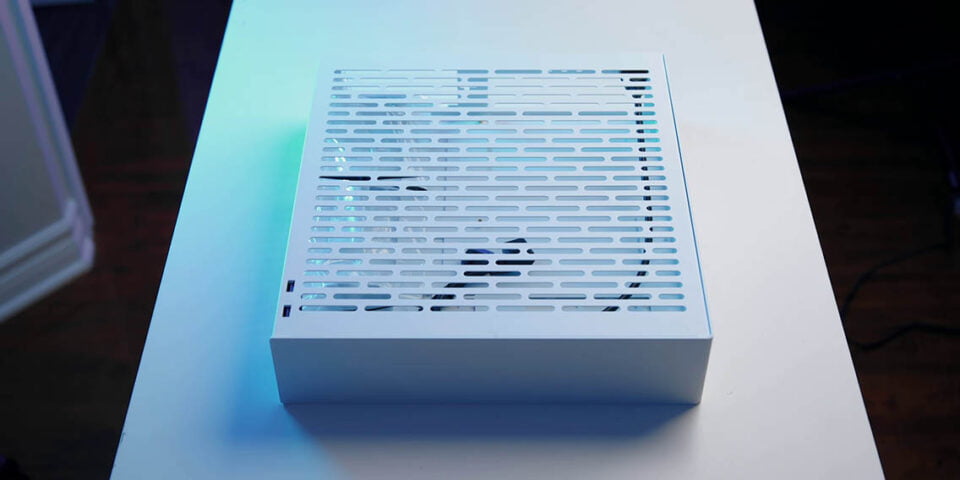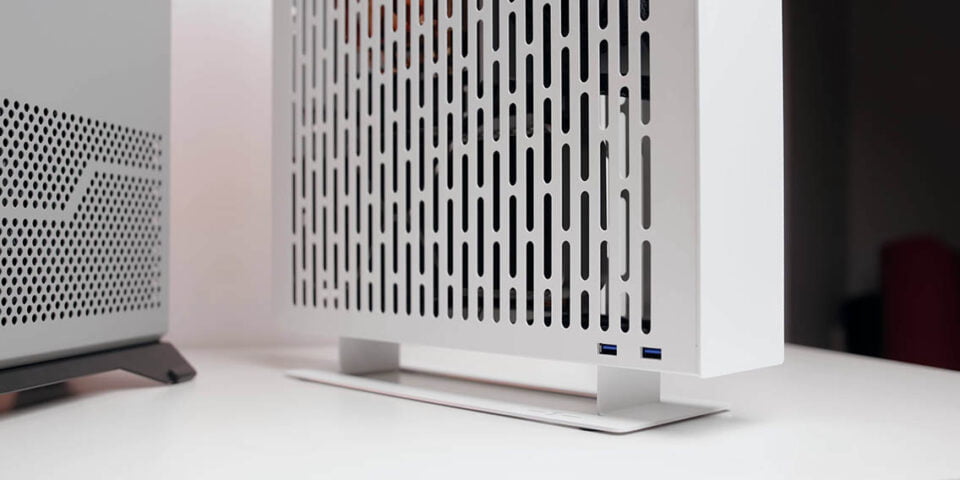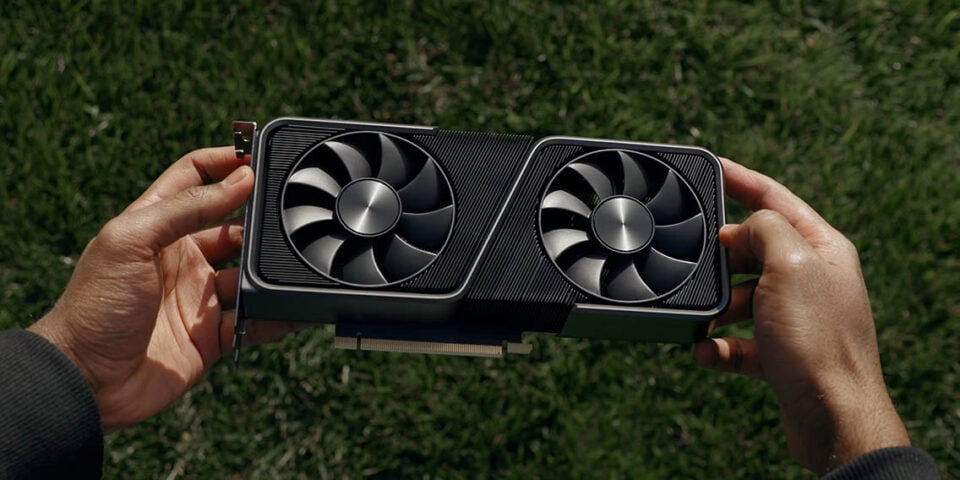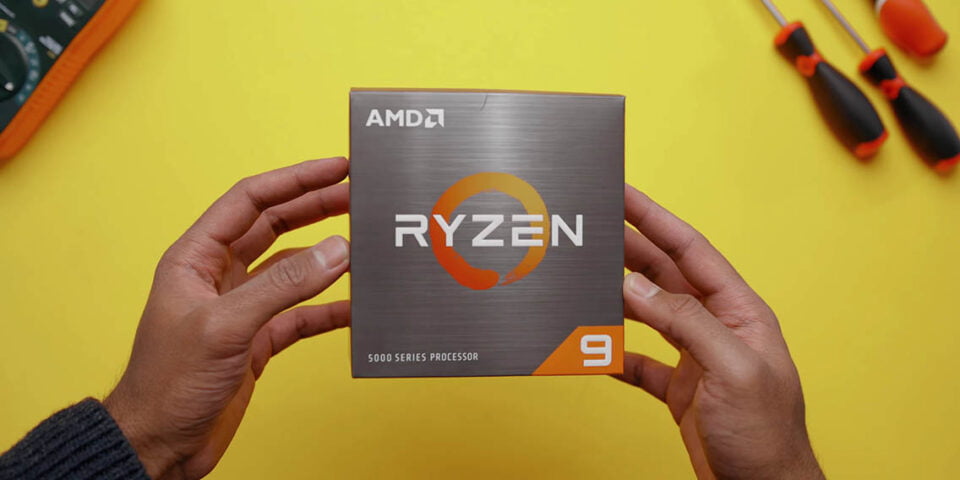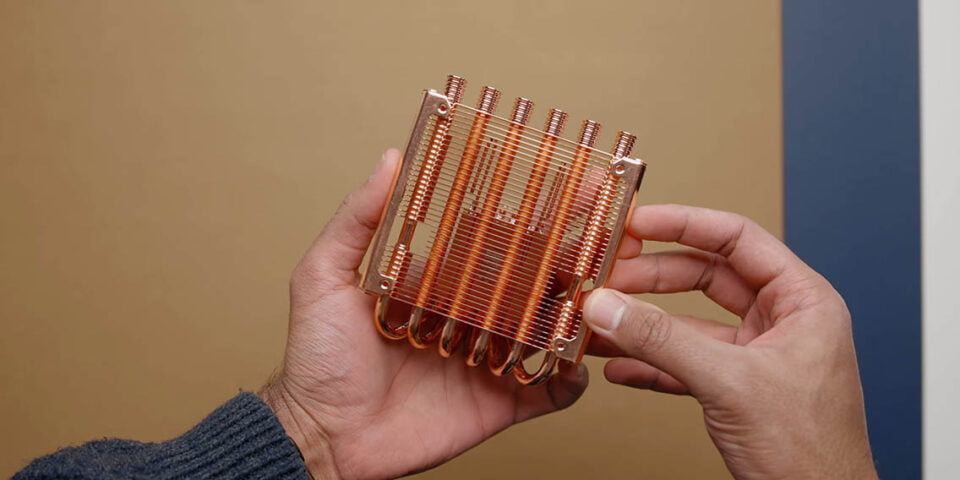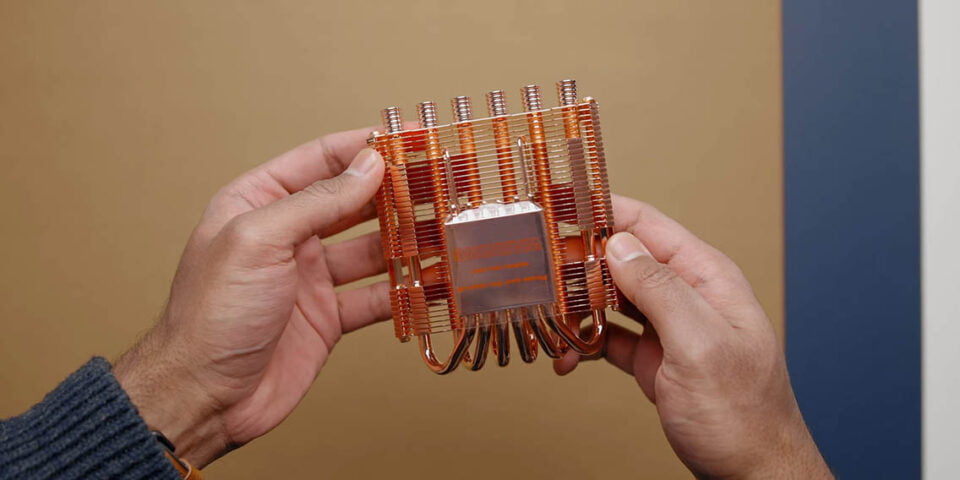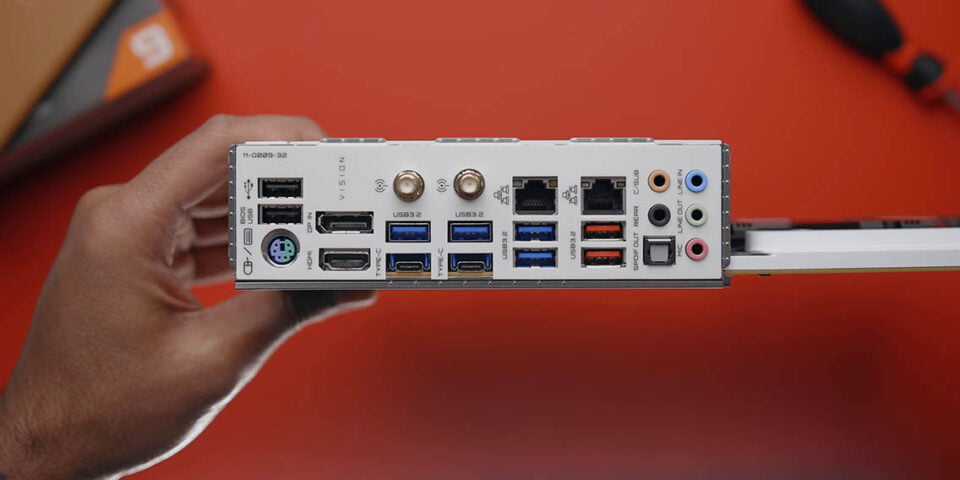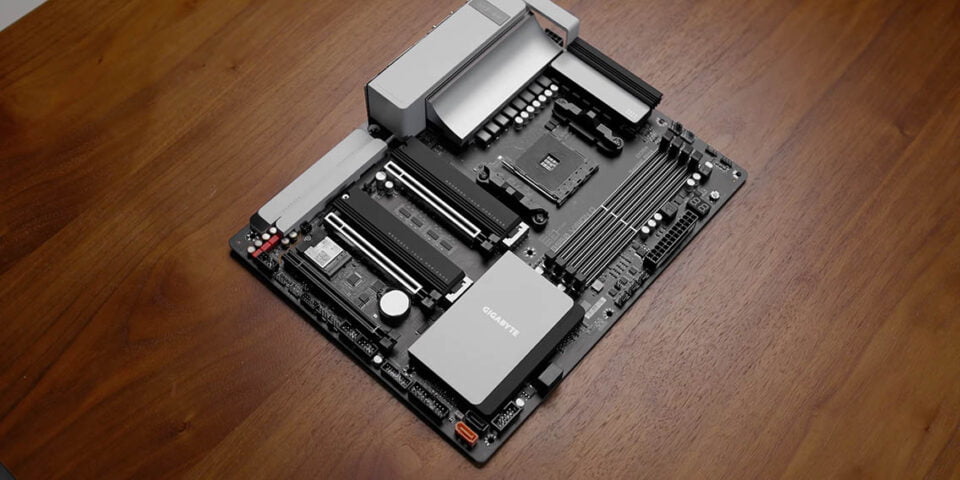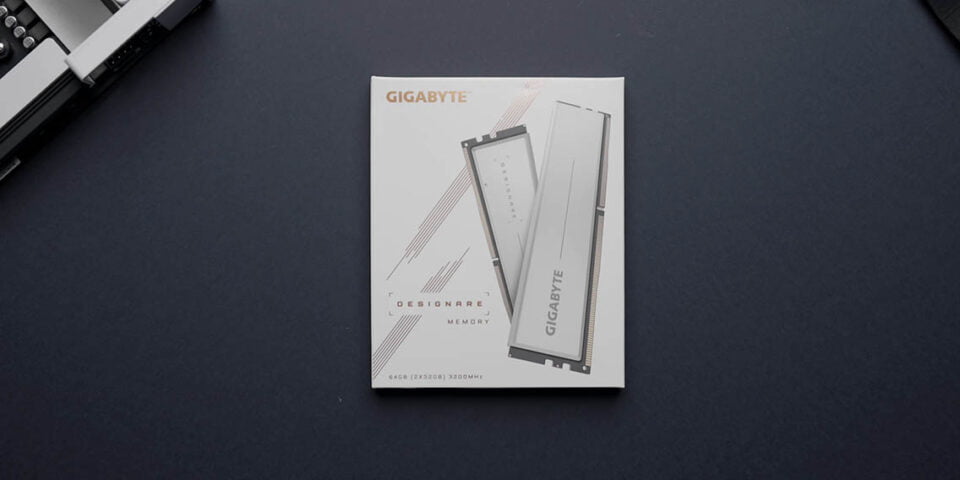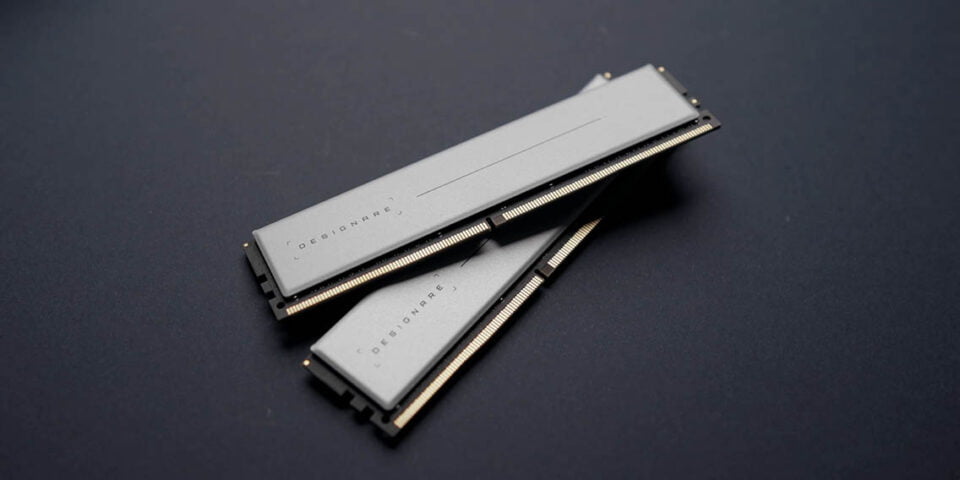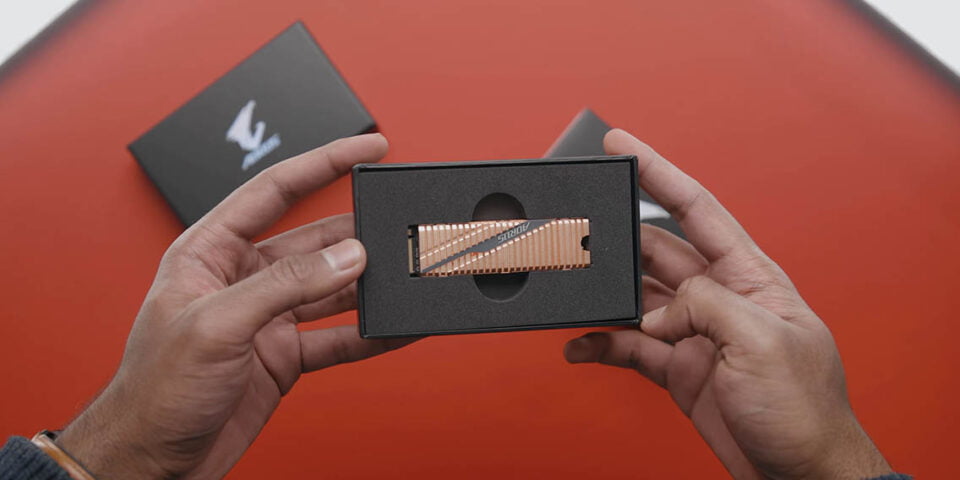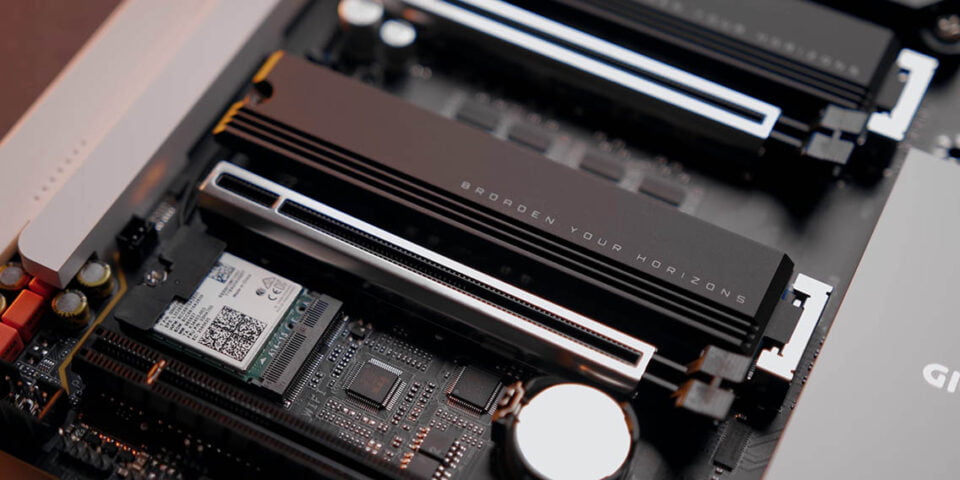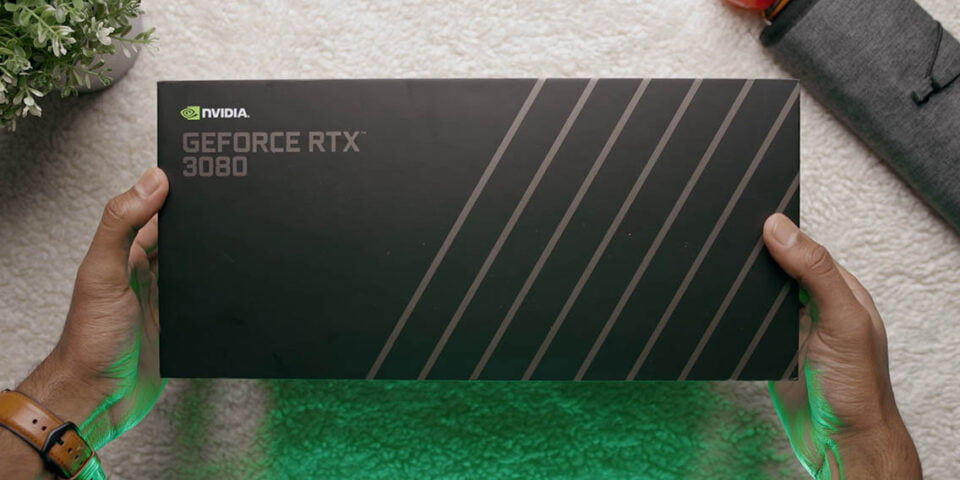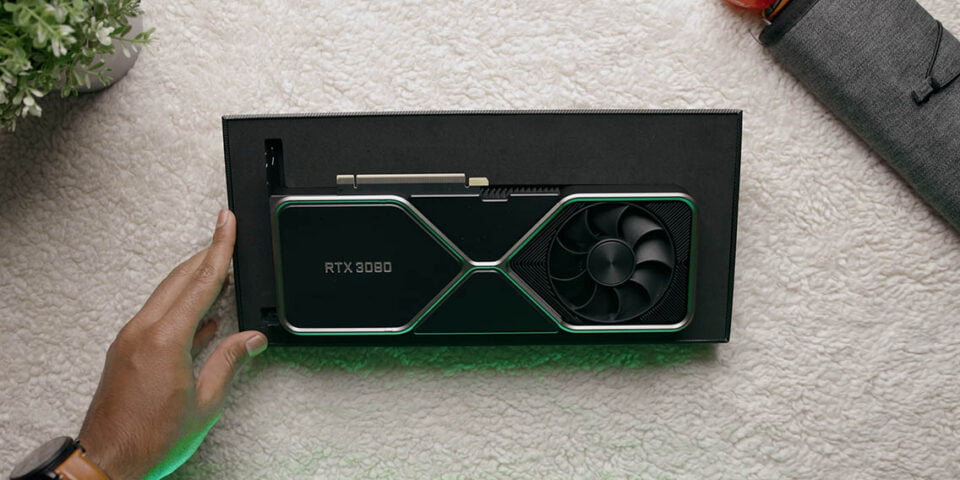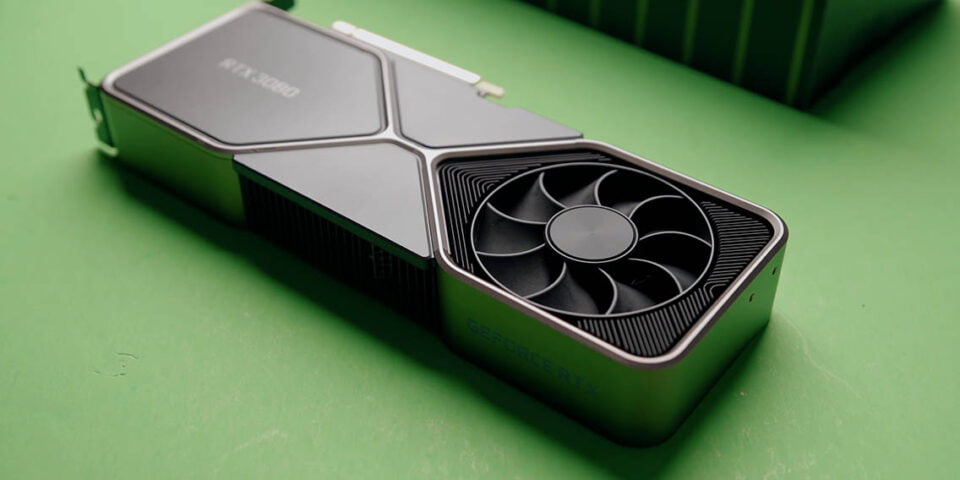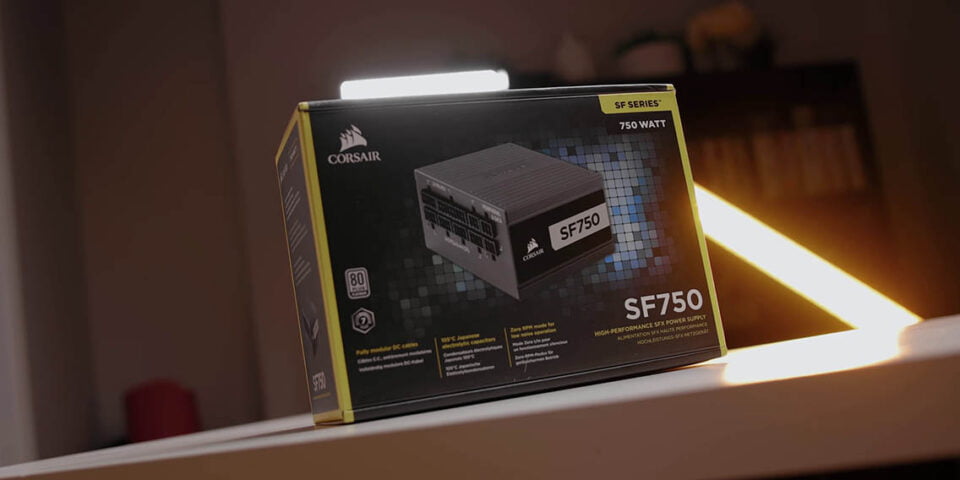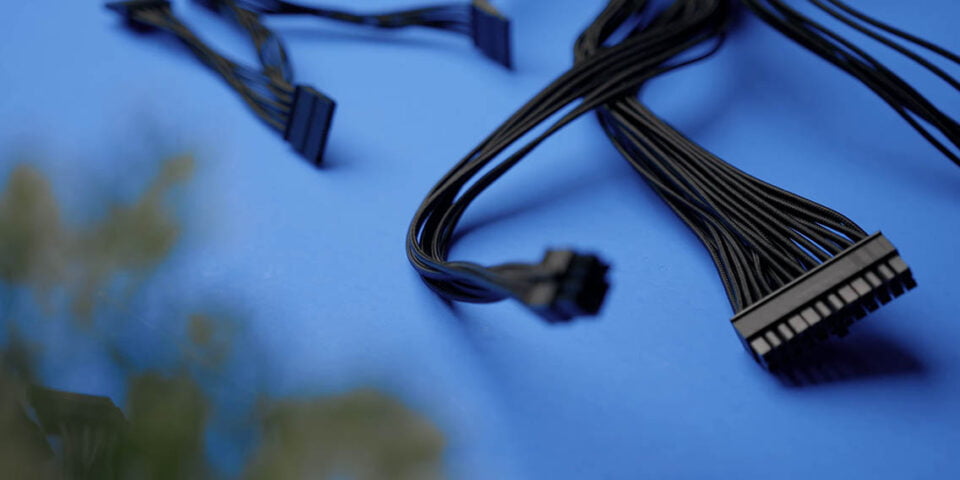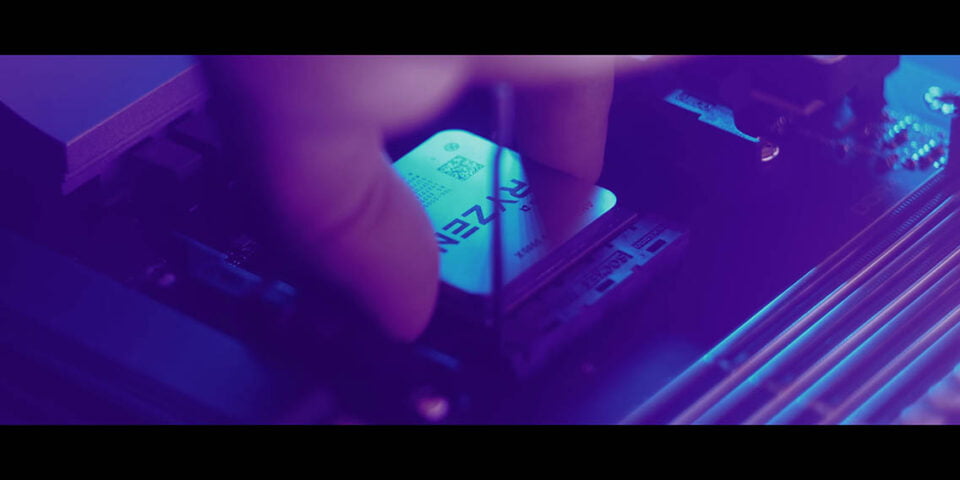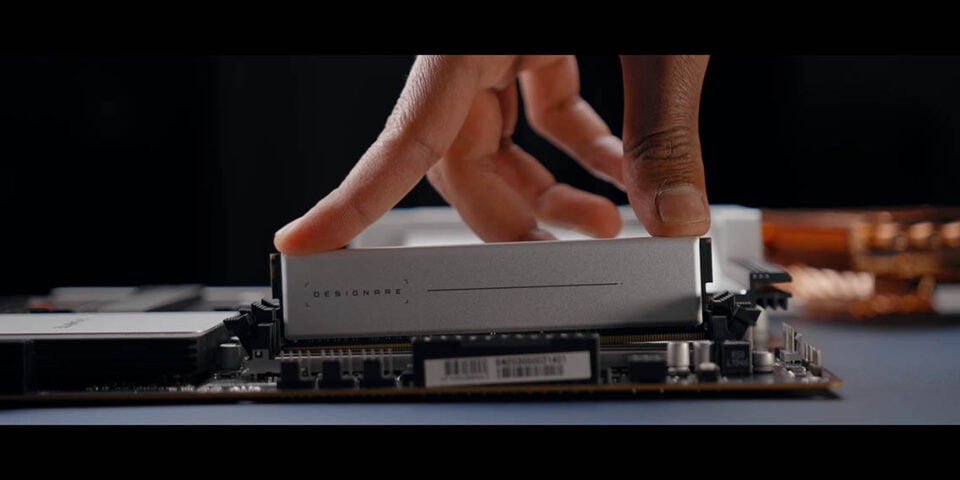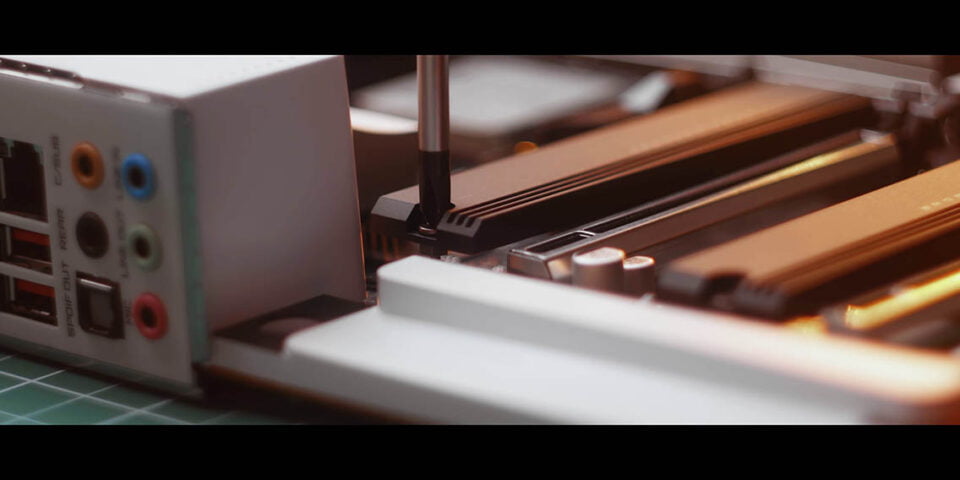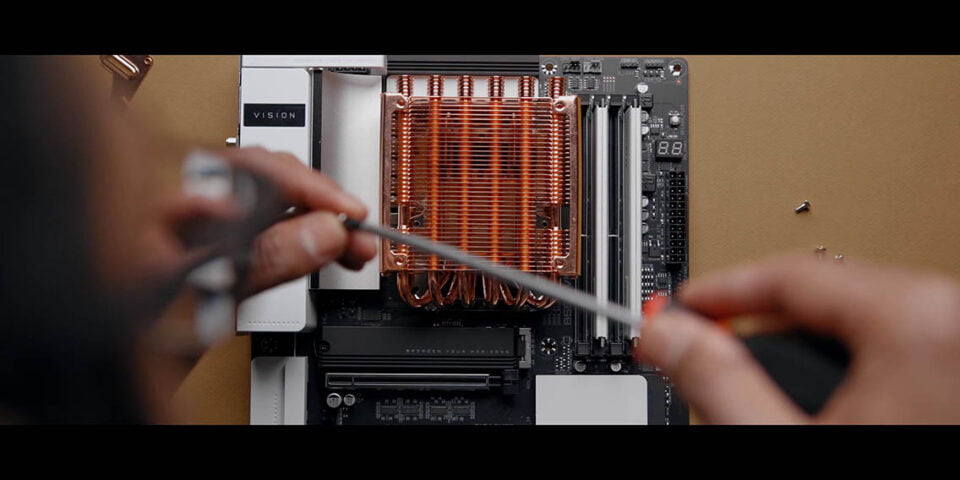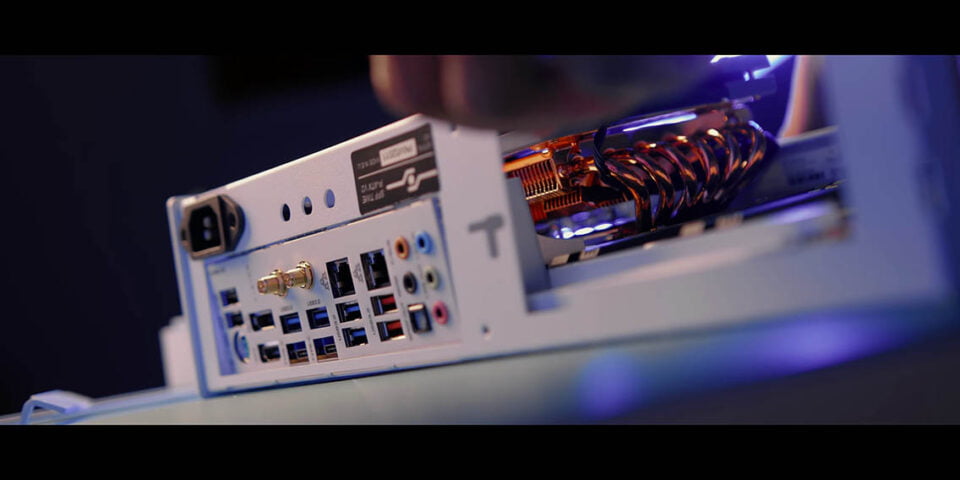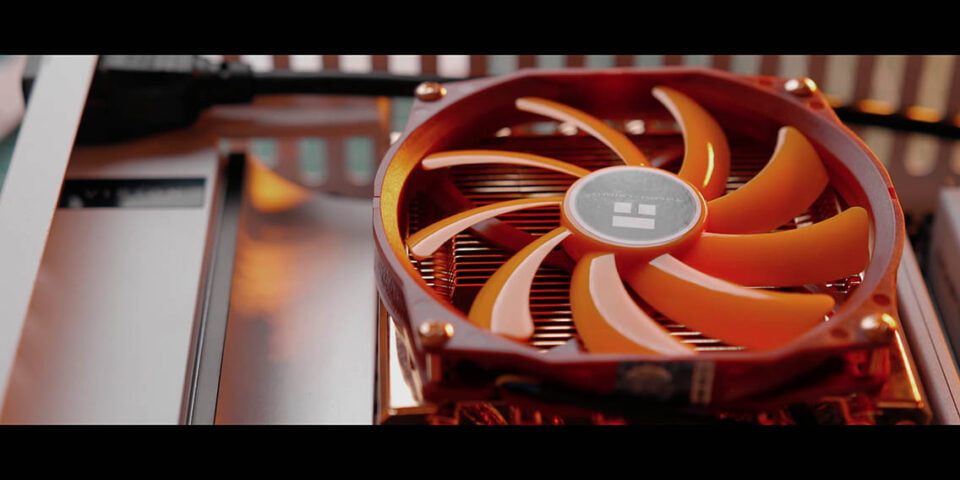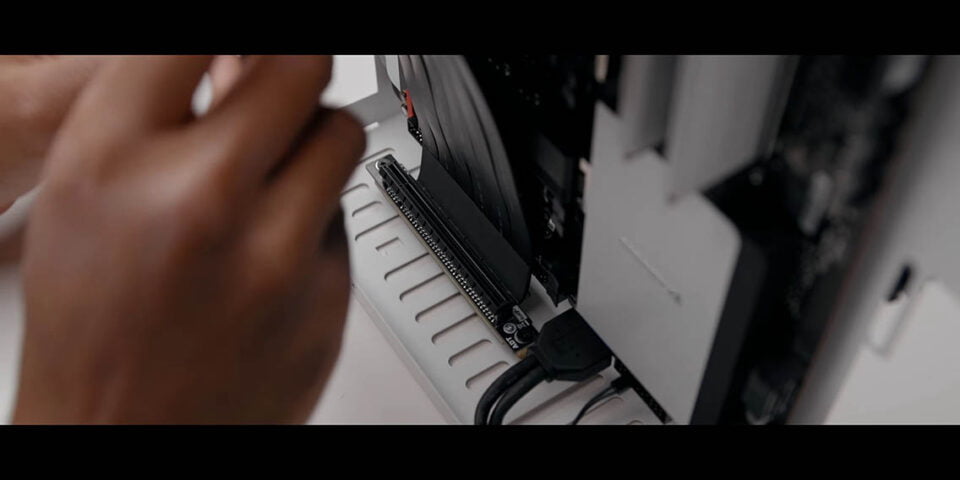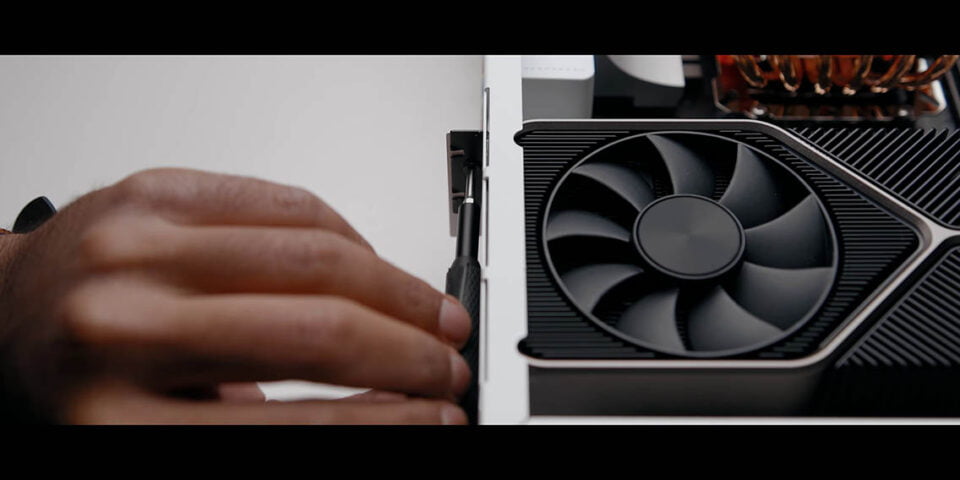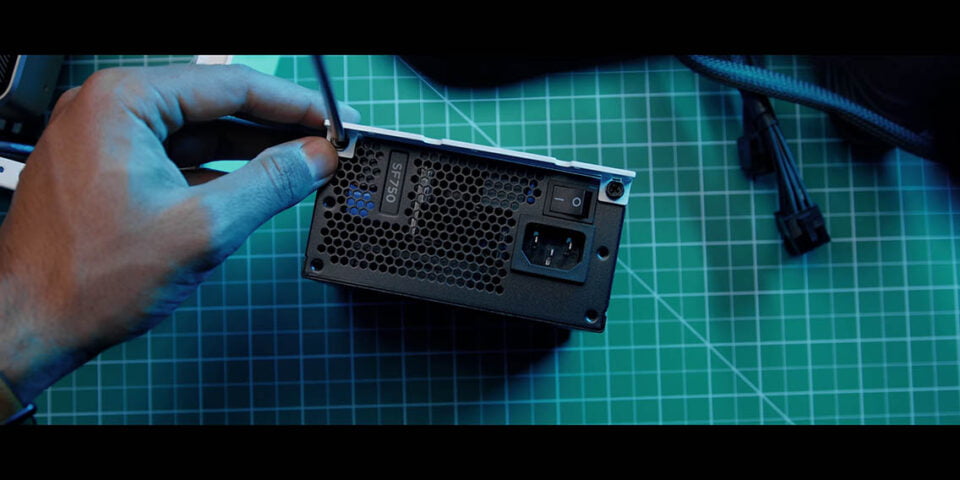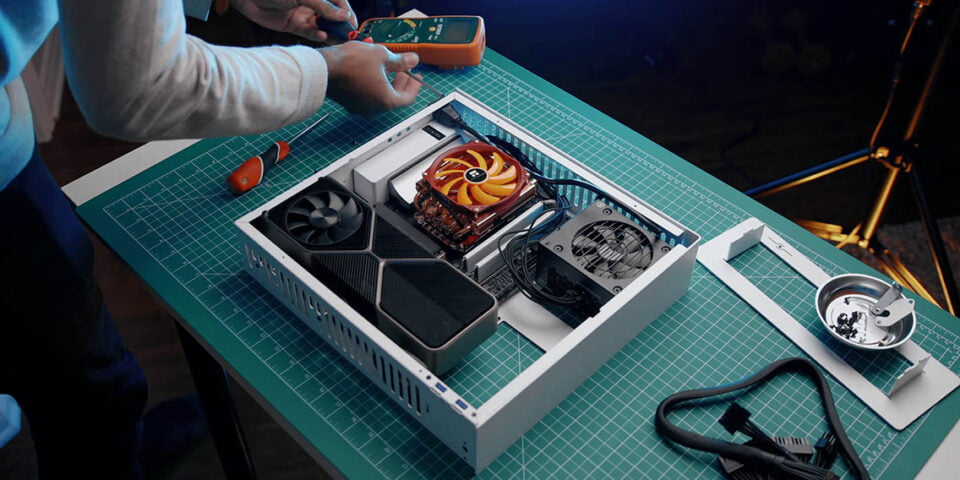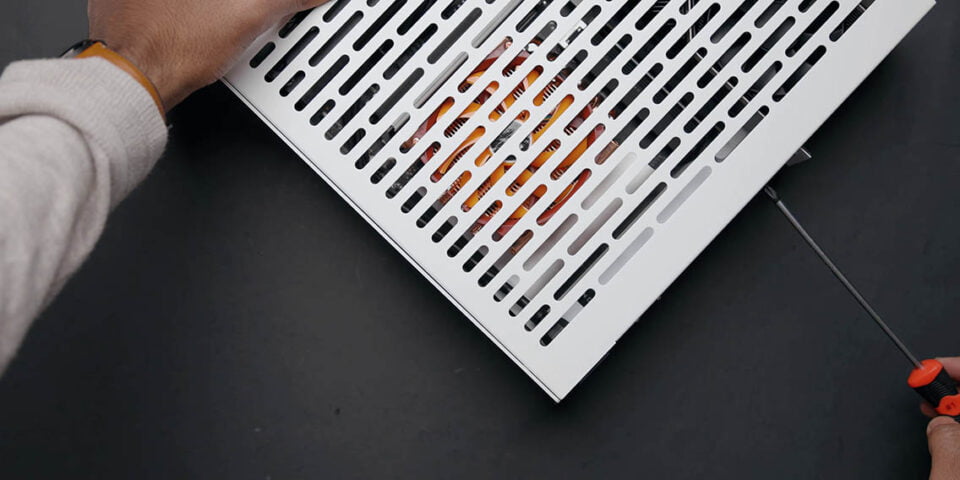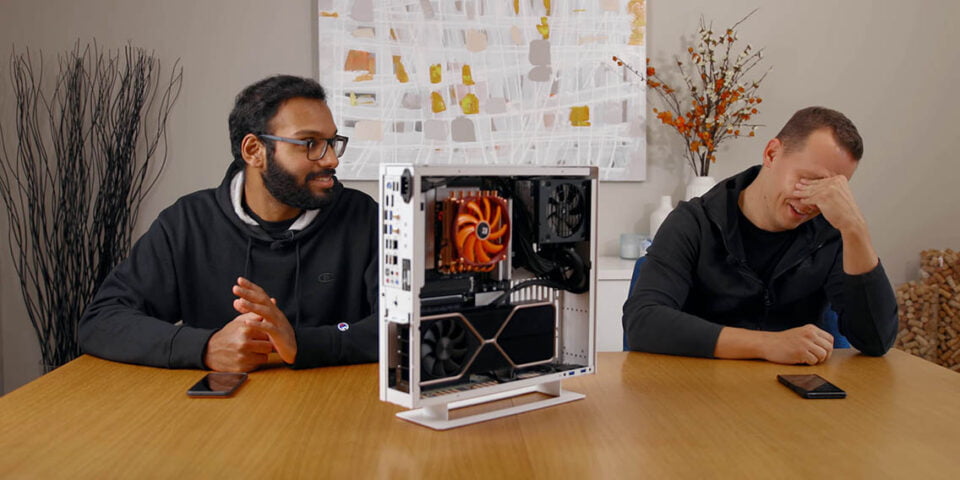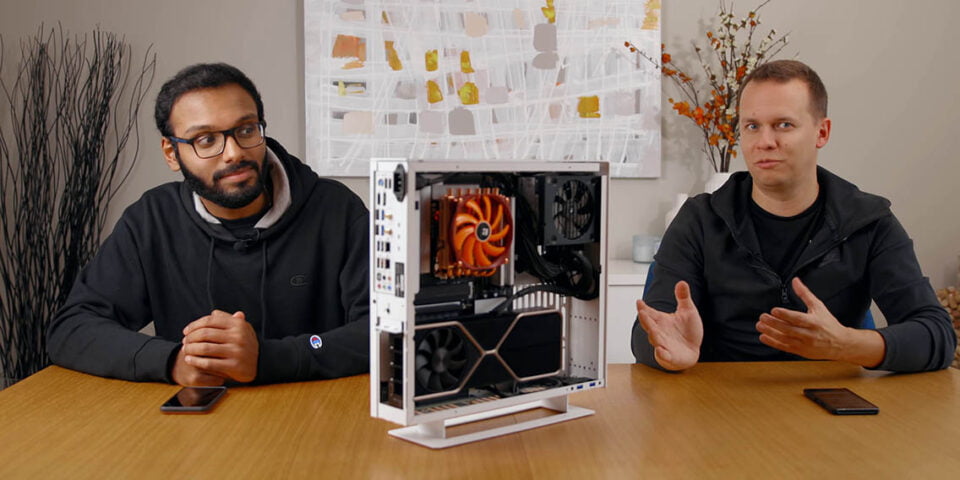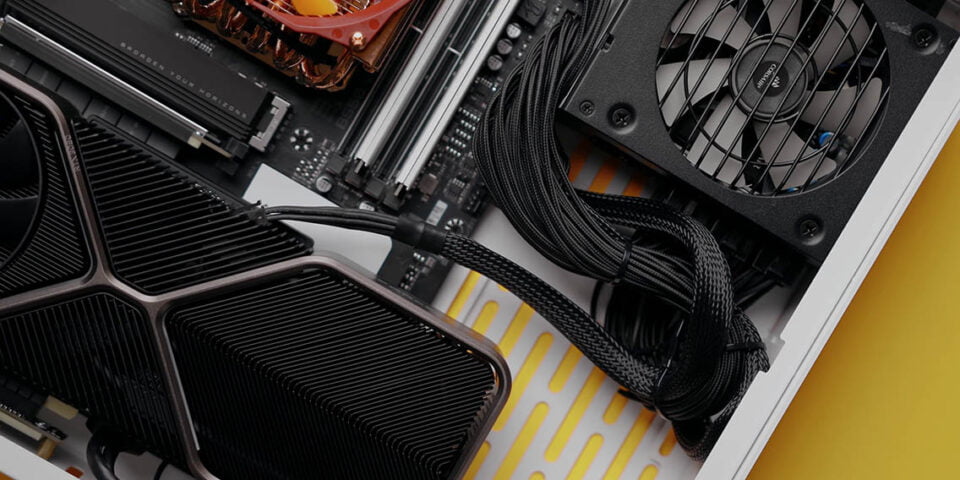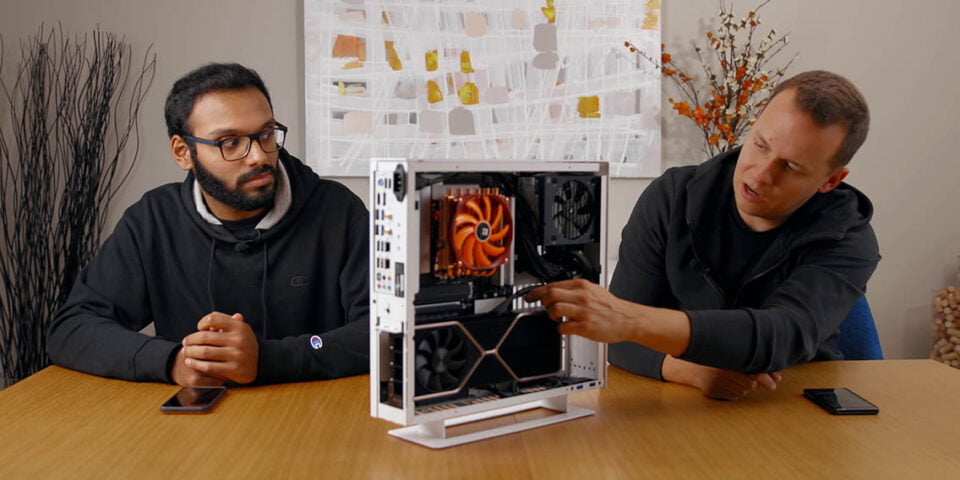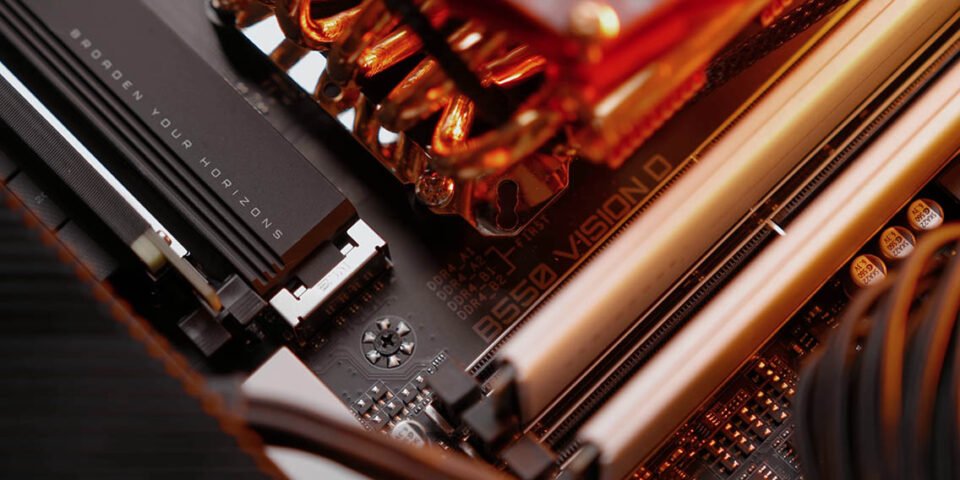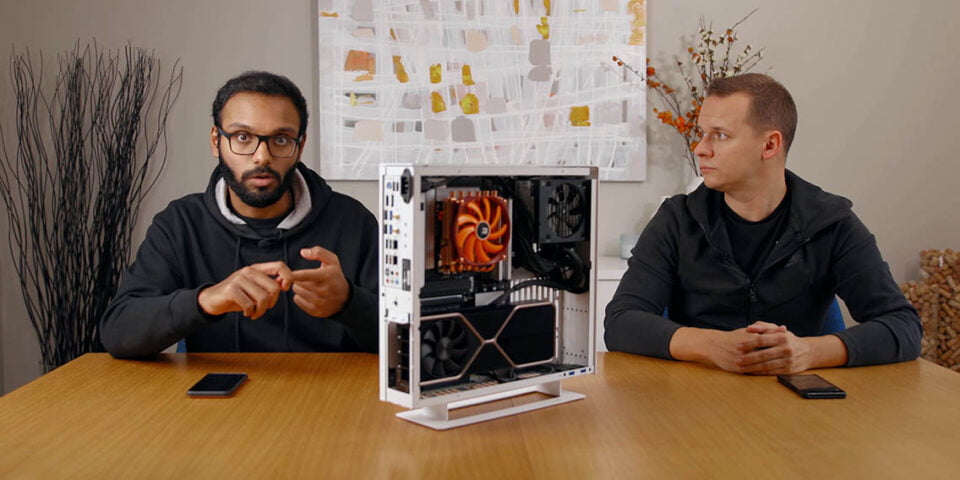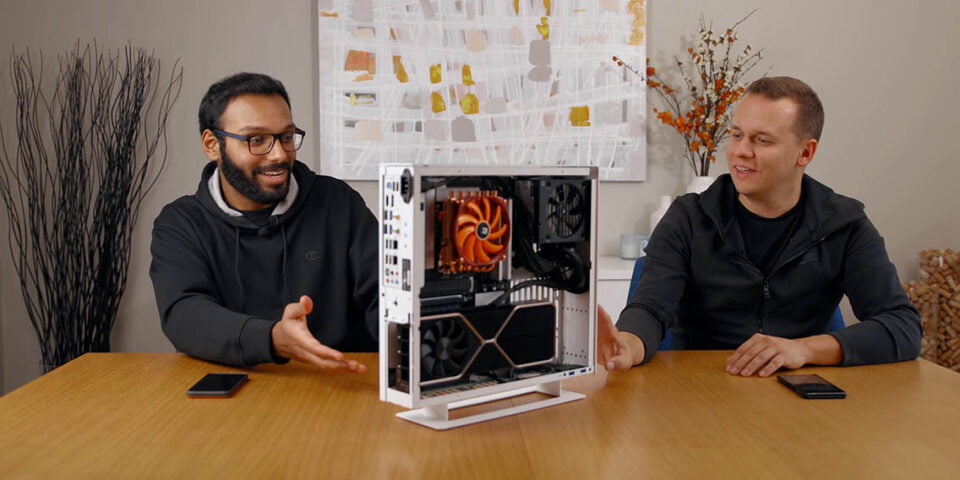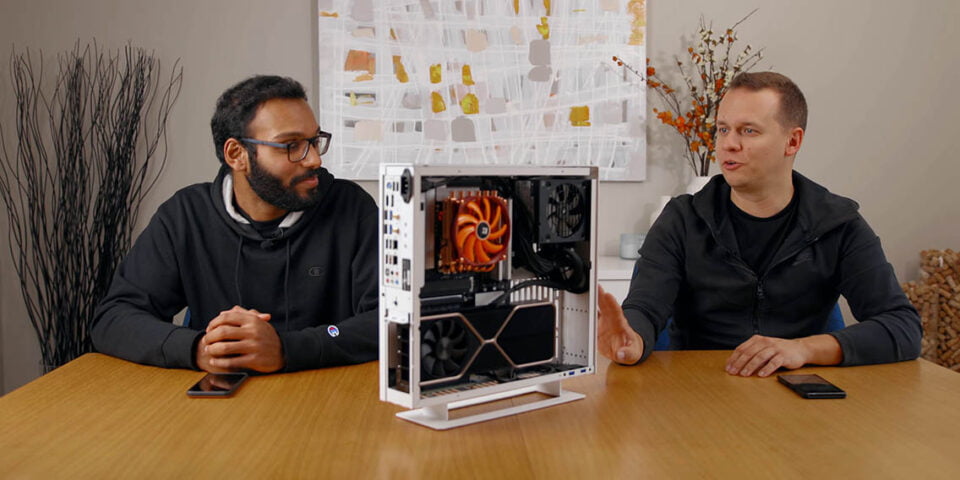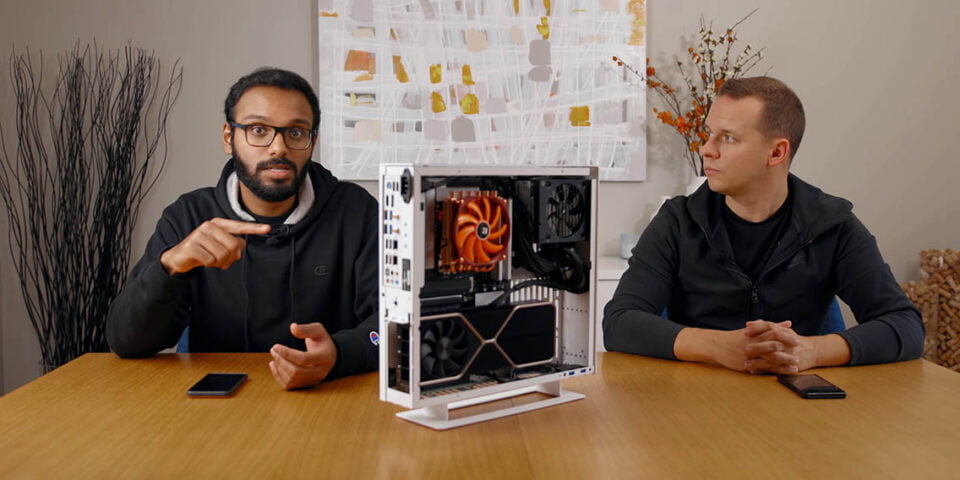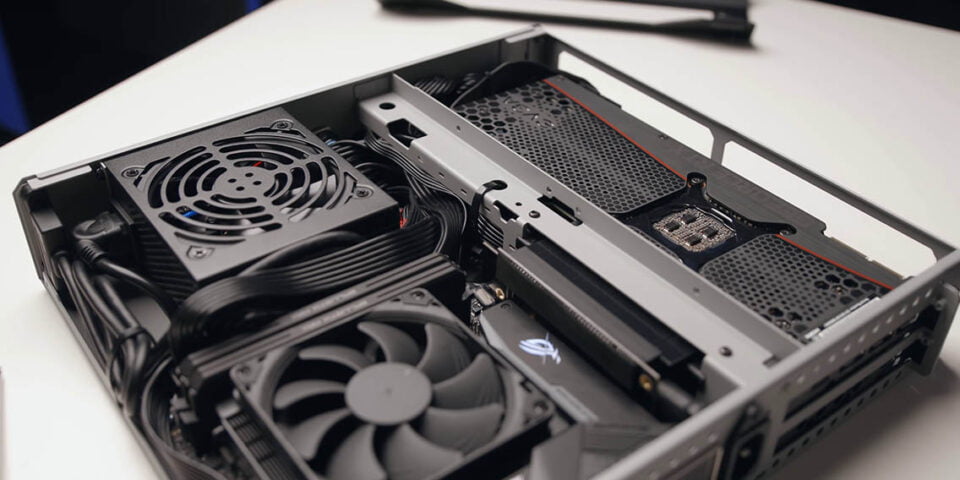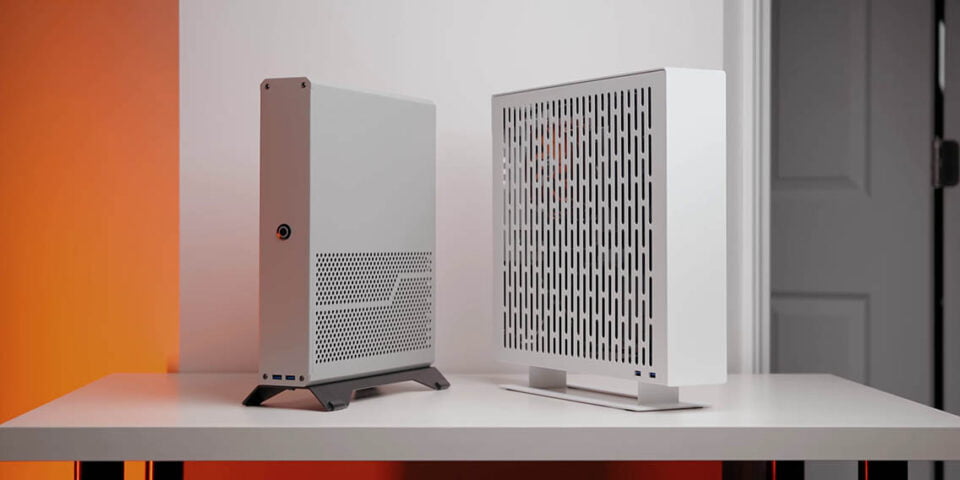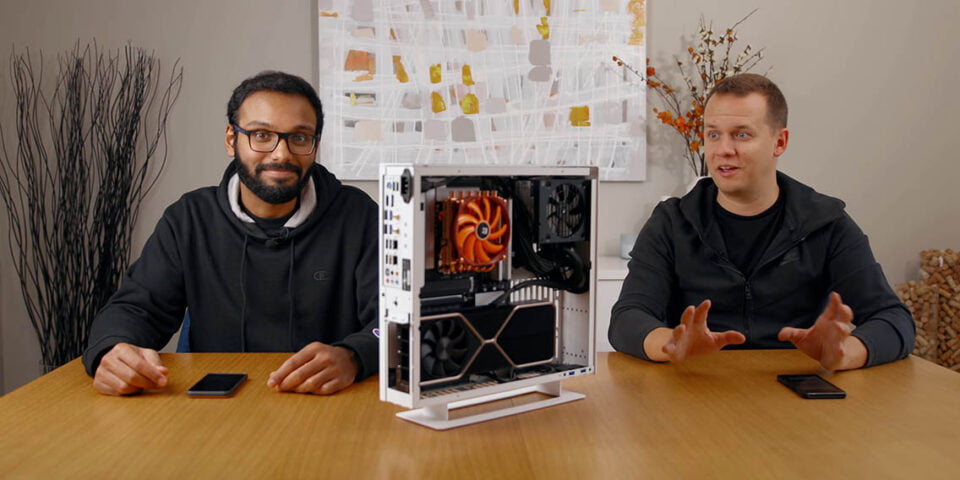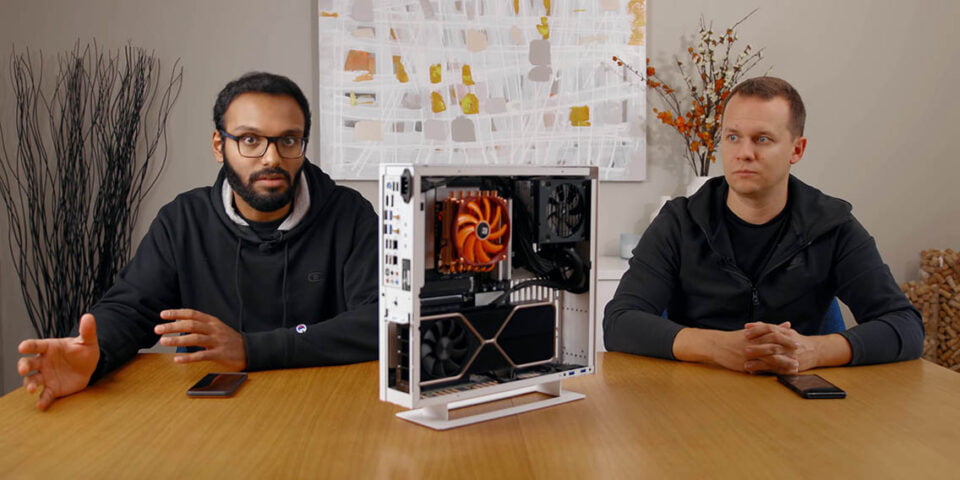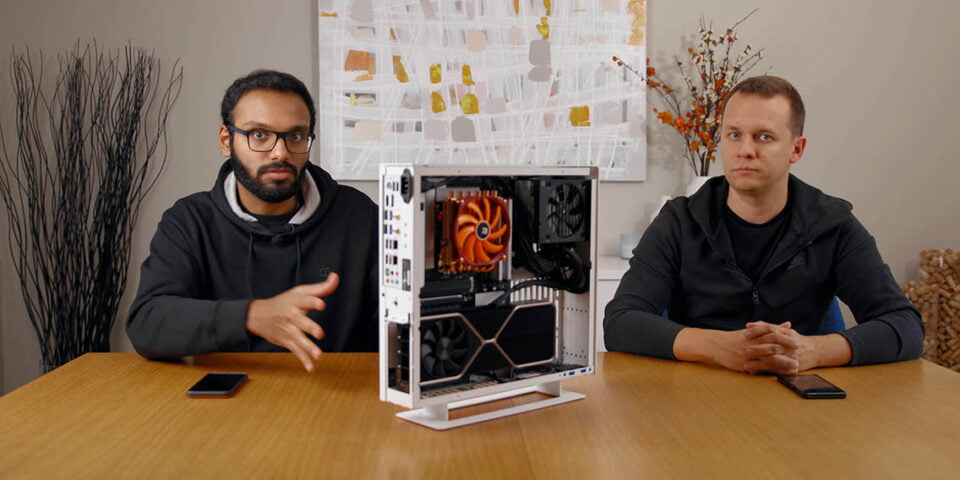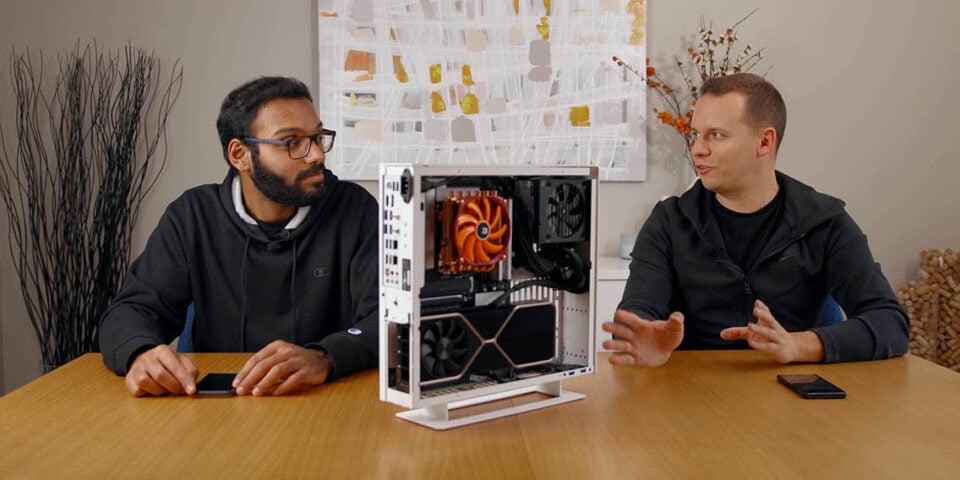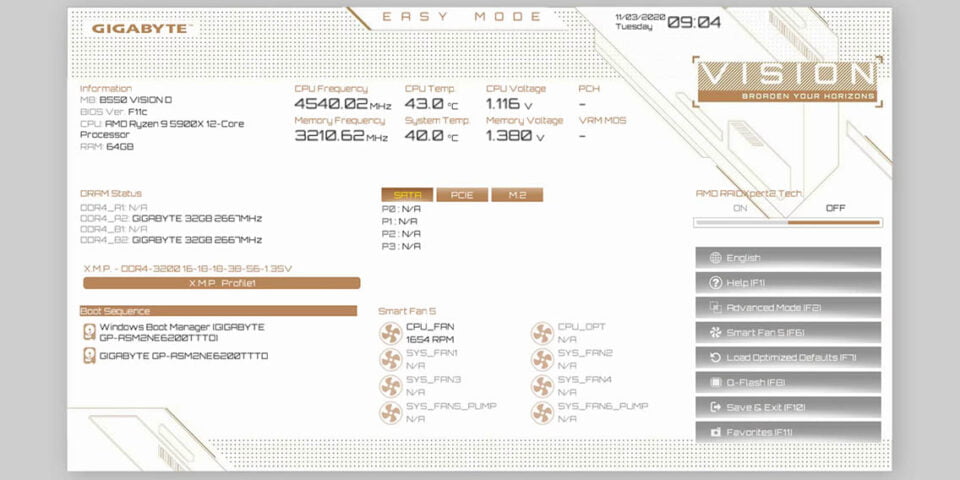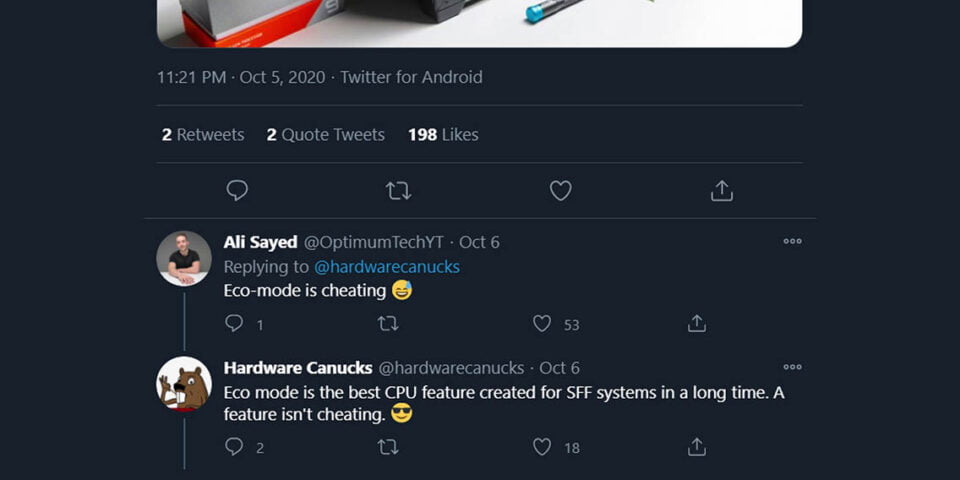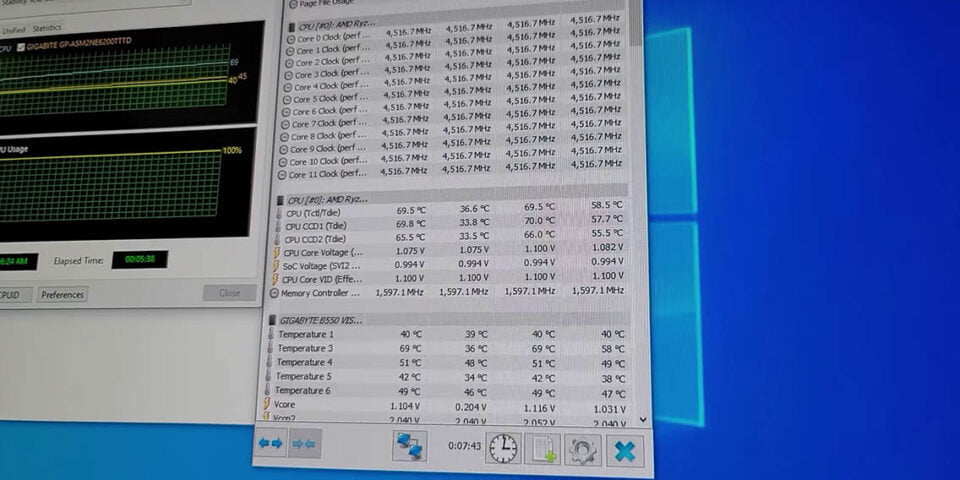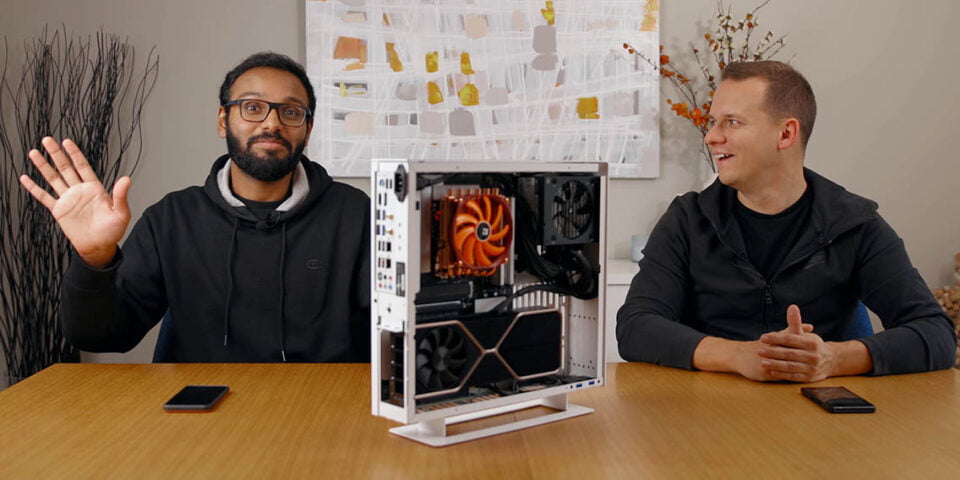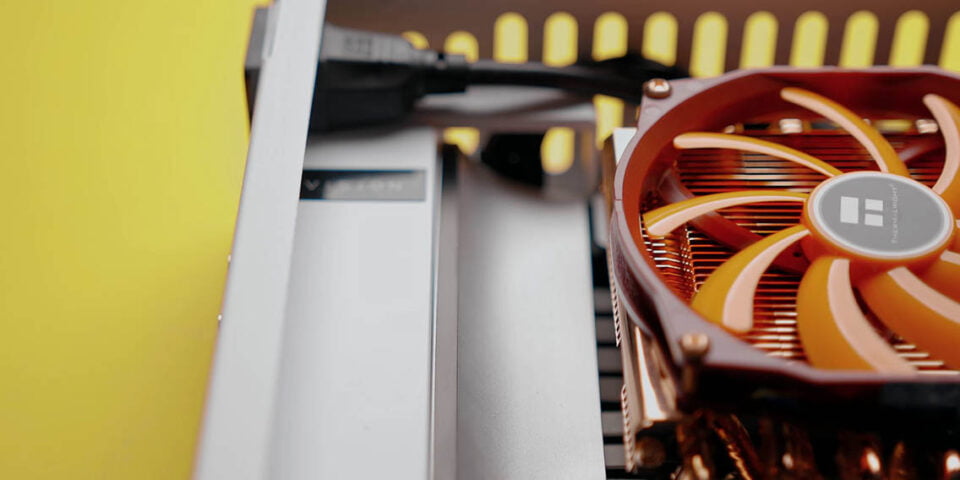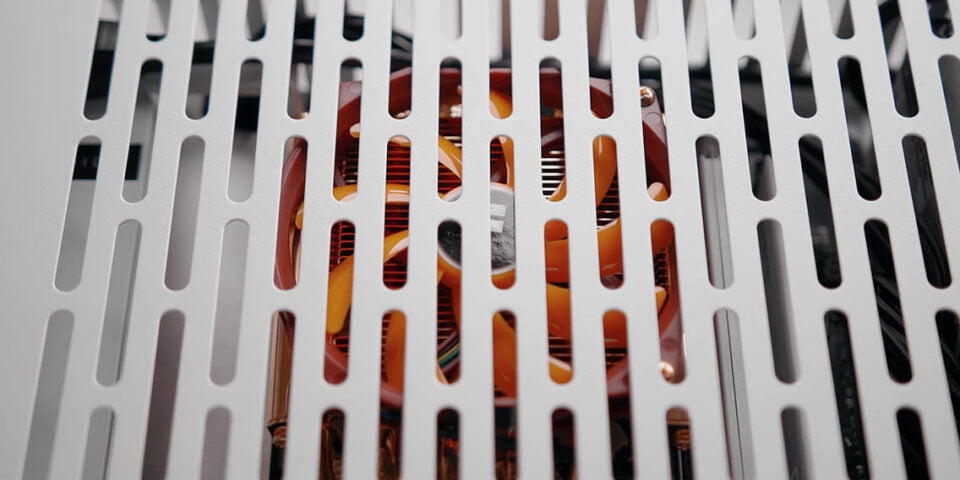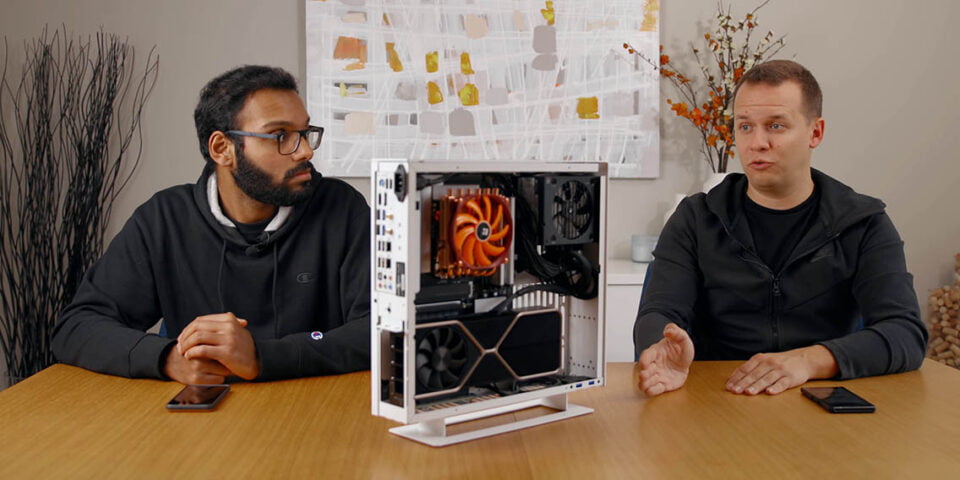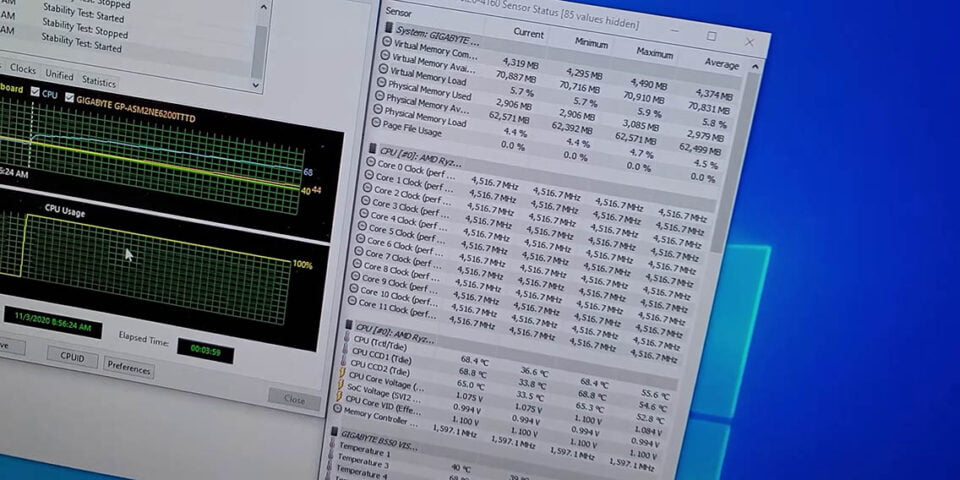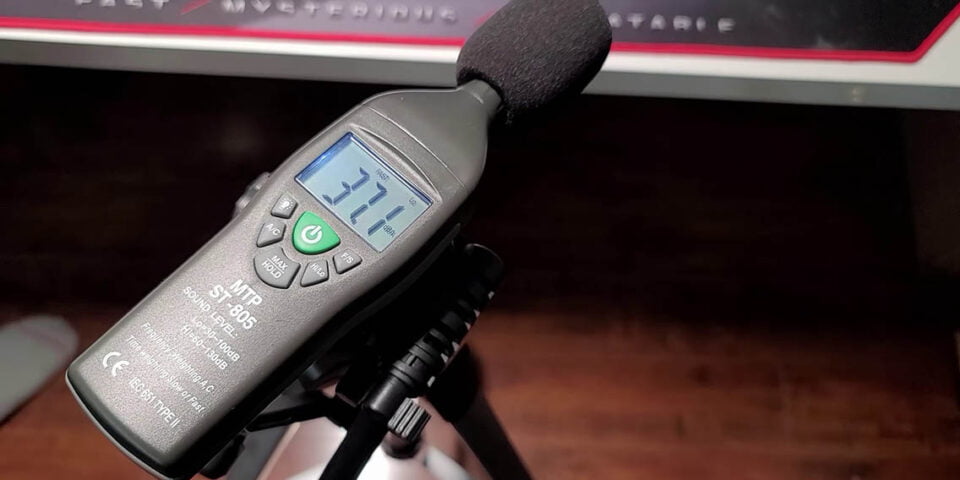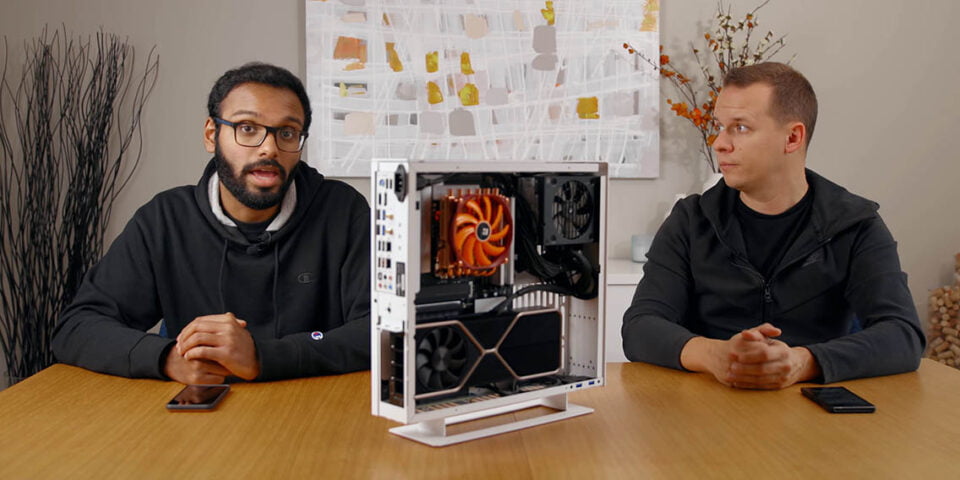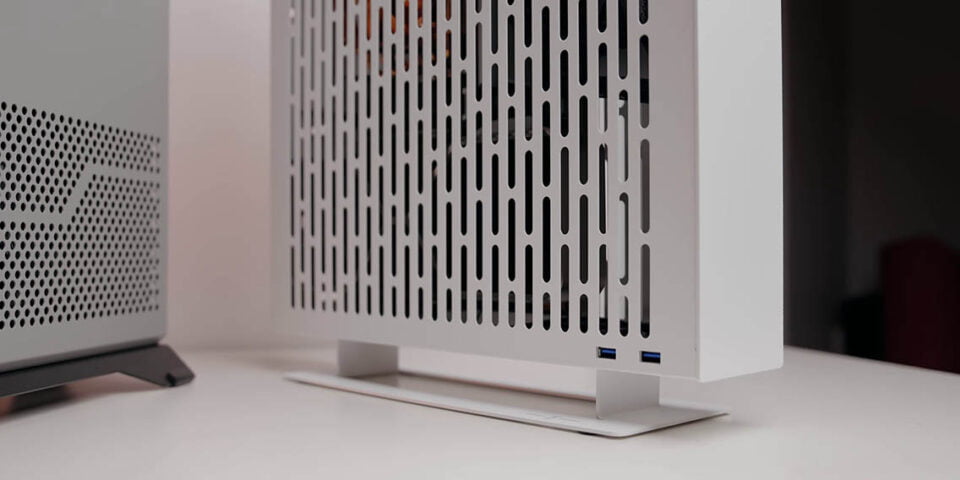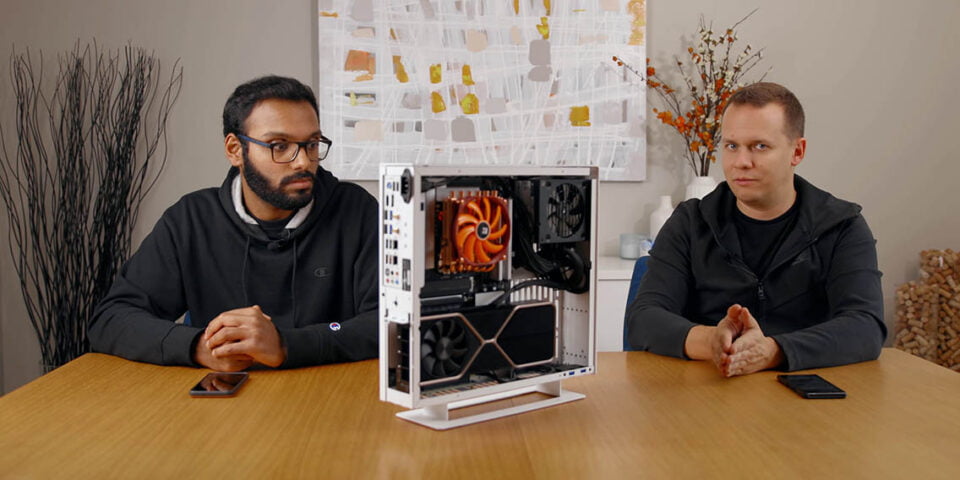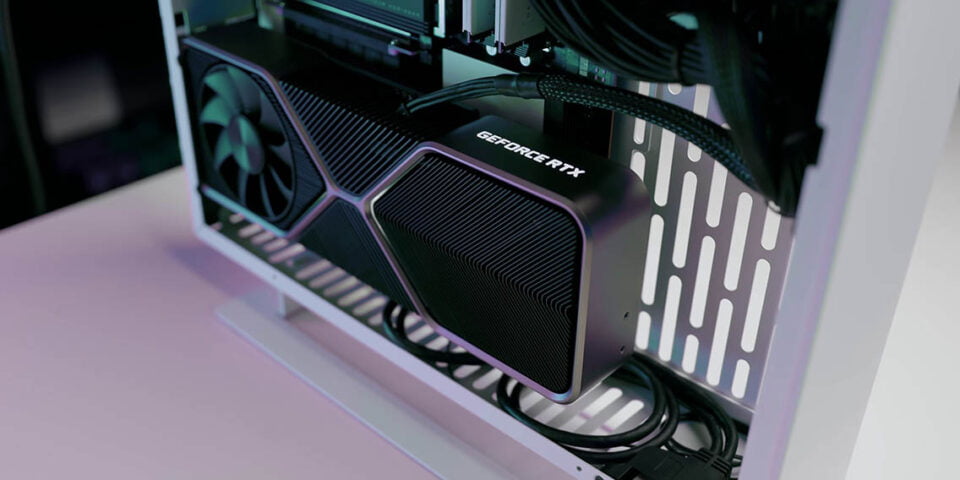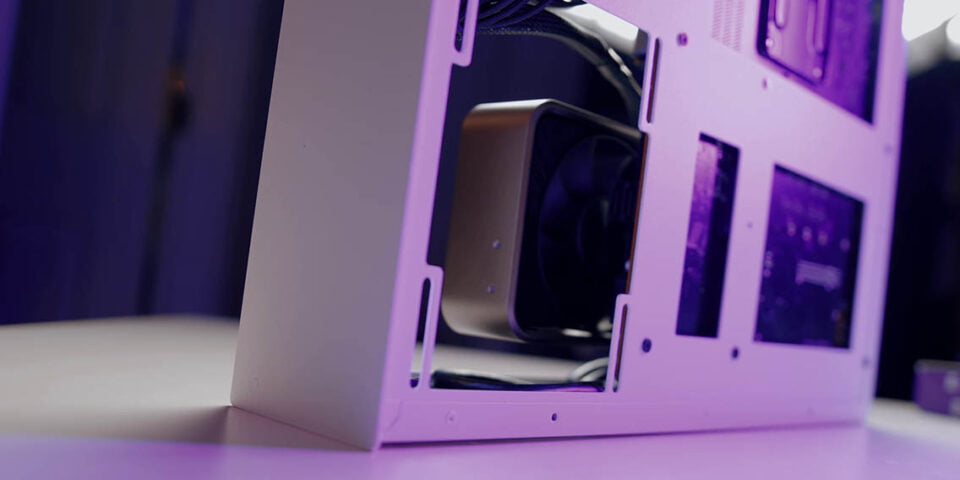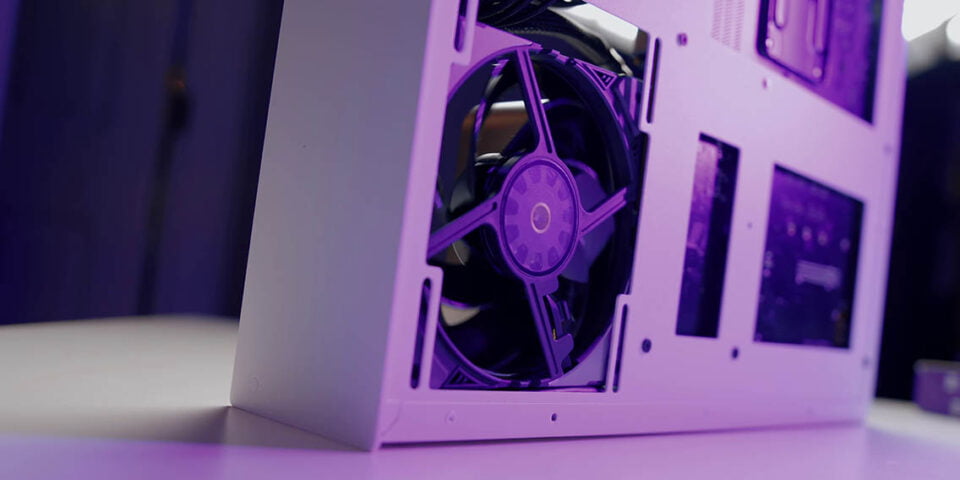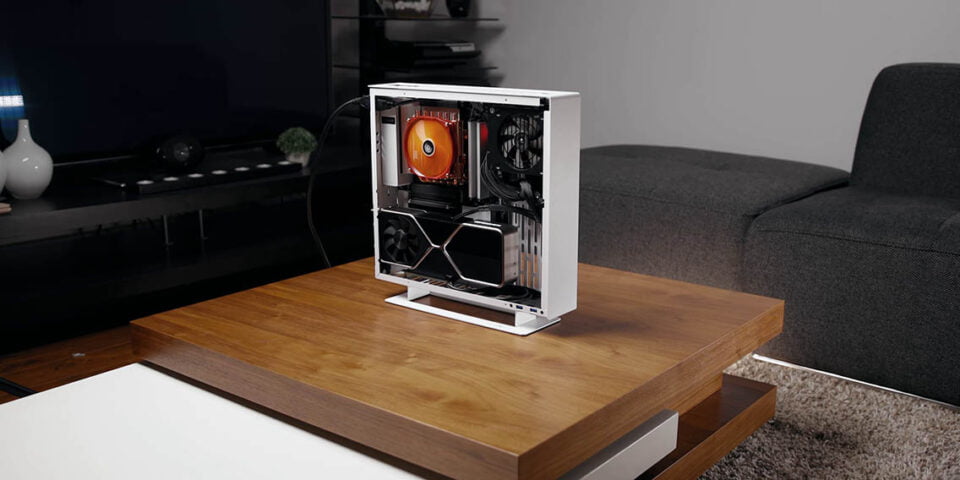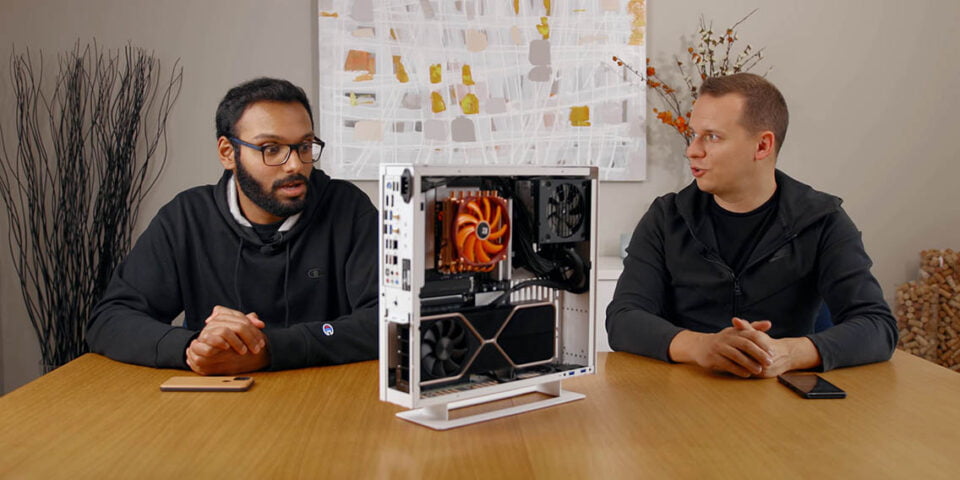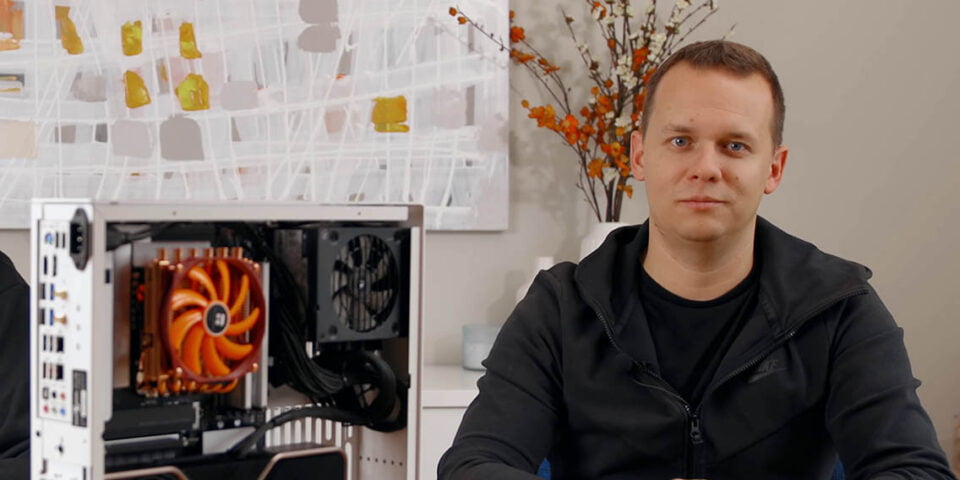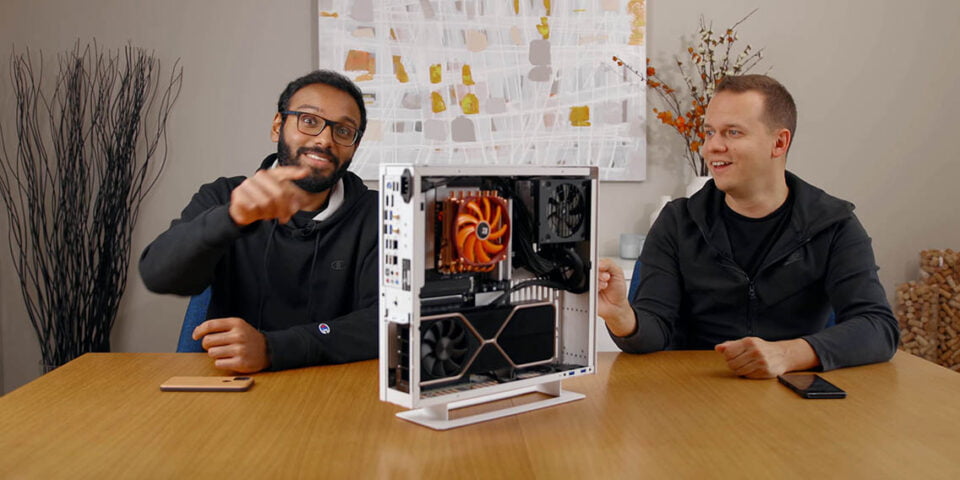The SMALLEST ATX Build Yet – Ryzen 5900X in a 10L Case!

Share:
Table of contents
Zen 3 is out, and you all already know how amazing AMD’s Ryzen 5000 series of CPU’s are. In fact, if you are interested you can check out our full performance review right over here. As I was testing these CPUs I was really impressed by the performance, and that inspired me to build an editing workstation PC for myself to leverage all that power now that I have switched to DaVinci Resolve full time. The higher sustained clock speeds that we experienced should definitely come in clutch for my intense editing workflow. And let’s be honest, it’s also a fantastic gaming CPU, definitely beating Intel’s high-end lineup, which is just amazing.
However, I also didn’t want it to be a fully blown out ATX tower. I really like small form factor PCs, and I’m taking that path once again, but this time it’s a 10L case that can support a full-size ATX motherboard and any dual-slot graphics card that’s right. A full-size ATX motherboard inside a small form factor case is pretty incredible, so I’m excited to show you all this build. I want to thank GIGABYTE for supporting this build since they supplied most of the parts and they look incredible.
The Case
I want to get to the case right away because you all might be wondering what am I even talking about? A full-size ATX motherboard inside a 10L chassis? That seems impossible. Well… here it is! Meet the SFFtime P-ATX V2, and right off the bat you can tell the team behind this project were focusing on four main factors: Compactness, compatibility with most of the components available in the market right now, Unrestricted airflow, and simplicity. For compatibility this thing is really interesting. You can have either a triple-slot GPU with an Mini-ITX motherboard, a 370mm long dual-slot GPU with an ATX board or an Macro-ATX motherboard, or a shorter 245mm GPU like the RTX 3070 Founder’s Edition with an ATX motherboard and a 120mm AIO cooler. And to top it all off you can actually order one of these right now.
CPU & Cooler
As for the processor we decided to go with the Ryzen 9 5900X, this is a second fastest Zen 3 CPU that AMD has launched recently for the AM4 platform. It features 12 cores and 24 threads and clock speeds that can boost up to 4.8GHz. Now given that the CPU has a TDP of 105W finding the right cooler was a bit of a challenge, we could have gone with the Noctua NH-L9a chromax.Black like we did with the RTX 3090 ITX build, but remember we ran that system in Eco Mode to keep temperatures under control. We didn’t want to go that route so we decided to keep looking and looking and looking and finally found a beautiful gem of an air cooler: The Thermalright AXP-100 full copper downdraft air cooler.
Just unboxing this thing and holding it for the first time made me feel like I was holding a piece of jewelry. It weighs about 600 grams, which might not sound like a lot on paper, but for a low-profile cooler you will notice it instantly and it’s built like a tank. The design consists of six copper nickel plated heatpipes, which are directly soldered onto the copper base plate for the best heat dissipation. It can support CPUs with a TDP of up to 180W. Now you might be wondering why we went with this particular air cooler, and the simple answer to that is the P-ATX V2 case can only support a maximum cooler height clearance of 59mm, and after testing a bunch of air coolers this was the best performing cooler that was able to fit that criteria that can also adequately cool the 105W 5900X.
Motherboard & RAM
Housing the Ryzen 5900X is GIGABYTE’s B550 Vision D. At first glance this is the most beautiful looking motherboard I’ve ever seen, it has a very clean aesthetic throughout the PCB. Make no mistake, this is purely targeted towards creators and reliability has been their top priority with this model. That means you can populate this with ECC memory, up to 128GB of it in fact, and it is also QVL tested with NVIDIA’s Quadro GPU’s, which is an option we will be exploring in another article. There are two PCI 4.0 slots for plenty of expansion, and the best part is the I/O. The connectivity is a content creators dream with a plethora of USB 3.1 ports and two Thunderbolt 3 ports that can also be used to daisy-chain up to 12 external devices, including displays.
Thunderbolt is super rare to find on AMD motherboards these days, so this is a welcome addition. Also, you can redirect the DisplayPort from your graphics card to the motherboard and then use the Thunderbolt port to connect it to a display. If you have built-in I/O on that display it’s simply a plug-and-play solution and everything would just work right away. The other cool feature is that it has 1GbE LAN ports that support redundancy features, plus it also features WiFi 6. However, I do wish that it came with a 10GbE port for high bandwidth and low latency, but that is something that an expansion card can address.
For memory GIGABYTE has once again hooked us up with their Designare 64GB kit with a memory speed of DDR4-3400. The simple white aluminum heatsink matches the Vision D motherboard really well, and with 64GB this will be a huge upgrade for my intense editing sessions. When it came to storage I went with the AORUS 2TB NVMe Gen4 SSD. This thing is insanely fast, with the read speeds of 5,000 MB/s and write speeds of 4,400 MB/s. They have included a copper heatsink, but we won’t be needing that since the Vision D has built-in heatspreaders.
GPU & PSU
The graphics card was an easy call, we are going with the RTX 3080 Founder’s Edition. It is a dual-slot card, which is compatible with the case with an ATX motherboard, and the airflow orientation works out perfectly with this case. The intake fan at the front exhaust hot air at the back and then on the other side the fan exhausts hot air through the perforations on the case’s side panel. We will test out temperatures once we have completed the build, but this just allows us to pop in a really powerful graphics card without worrying about case temperatures or really high case temperatures. Powering the whole system is Corsair’s SF750 750W SFX power supply. This should be plenty to power the 5900X and the RTX 3080 FE, while also maintaining lower noise. It is fully modular and Corsair includes premium individually sleep cables, which should make cable management a breeze.
The Assembly
Now that I have taken you through a complete rundown of the parts lists, let’s put this thing together.
Eber & Mike Banter
Eber: The build is complete and as usual I left it at Mike’s place, and whenever you leave something here it changes the next day. It’s just a fact that I have to deal with. But honestly I really enjoyed my time building inside this case. I want to say it’s probably one of the easiest, small form factor builds that I have ever done in a really long time.
Mike: Yeah, you left it here so I did a couple things to it. I tried different things with cable management, because in an ITX system like this cable management and getting those cables out of the air flow path is one of the most important things that you can do, especially when it comes to an air cooled system like this. My only issue when it came to actually working on this build is the RTX 3080, specifically where the power connector comes out of, because on this card you can route it upwards or you can route it parallel to the card but there it gets even messier and it comes into contact with other motherboard components.
Eber: I think that with the minimum amount of cables, especially with the SFX power supply that is fully modular, I only needed to bring in the 24-pin motherboard cable, the 8-pin CPU connector, and then the GPU’s single 12-pin PCI-E cable, no SATA cables, no Molex connectors, no extra unwanted cables so overall it was a fast build.
Mike: Can you talk about this in relation to your experience building something like the Dr. Zaber Sentry, because the Sentry is actually what I’m using as my daily system right now.
Eber: Okay, I will give it a grade scale, and building the Sentry I was like a 6.5/10. I think it’s a beautiful case, it looks great, but I think that cable management was the biggest challenge with that PC. This P-ATX V2 case was a 9/10, that is how good it is. Yes, it’s a little bit bigger at 10 liters versus 7.5 liters for the Sentry, but that size difference alone doesn’t explain the usability improvements.
Mike: Honestly, visually this actually looks a little bit smaller in my opinion because it’s white and it blends into more environments. I’m still working on the Sentry right now, and I’m still working on modding it in a couple of ways. I’m really jealous about this new case because it almost has the perfect passive airflow, whereas I’m going to have to introduce a little bit more airflow to the Sentry.
Eber: One of my main problems building in the Sentry wasn’t even necessarily the case as much as the Silverstone power supply, because of how rigid those cables were. And I know a lot of you out there mentioned that we should try modifying the cables a little bit so they are less rigid. Maybe we will look into, but thankfully it wasn’t at all a problem on this build with Corsair’s excellent cables.
Mike: Next I wanted to talk a little bit about the Ryzen 5900X, because it is a brand new processor on an existing platform. We are working right now with beta BIOSes but as you are reading this the public BIOSes are probably available, and there might even be a couple of revisions between now and then. The B550 Vision D is an amazing motherboard and its BIOS is definitely unique, it’s white like the motherboard itself, but right now it does tend to overvolt the processor at least with the Core Performance Boost on, which leads to a little bit more heat output than our cooler could handle. I needed to go in there and modify a couple of settings – we are not using Eco Mode this time – and it’s still running between 4.5GHz and 4.7GHz on an all-core load. The temperature is staying under 70°C, and that is with only the one fan running, so the cooler is doing a good job. However, Eber did have some issues with this cooler.
Eber: Yeah, let’s talk about that cooler. I love the heatsink, the full copper build gives this thing such heft that it feels amazing in your hand. But it’s that fan… I just can’t stand the look of it. I don’t feel like fully switching to this PC as my workstation because of that fan. Even with the case closed I can still see accents of it, so I’m definitely looking for a different fan but it needs to be just 14mm tall, which is rare. If you all have any suggestions, let me know!
Mike: For me, it’s function over form because this cooler is doing it’s job… mostly. While it is technically rated at 180W I can challenge that a little bit because when I was using this thing with Core Performance Boost enabled we were seeing 80-90°C and supposedly this is only 105W processor. At that point the fan was operating at 100% percent, which is 2,400 RPM, and this thing is loud when it’s operating on 100%. Another thing I wanted to mention is that right now we are achieving that under 70°C at 4.5-4.7GHz at under 40dBa, which is really good. It’s really good considering that this case is open, there is no tempered glass, there are no air filters, there is nothing to absorb or block the noise.
Eber: Right, it is basically unrestricted air flow, which will definitely leads to a lot of maintenance in the long-term. But I will take better temperatures over dust buildup any day.
Mike: And I know what you all are going to be asking now? What about the GPU temperatures? Well that is something that I wanted to play around with again, the P-ATX V2 case allows you to mount a single 120mm fan right behind the GPU. I thought to myself that is going to aid in the exhaust of the hot air from the RTX 3080, but it actually didn’t it. What ended up happening is the GPU remained at the same 64°C that we see it operating in an open test bench, which is amazing, and it achieved the exact same clock speeds that we saw in an open test bench. When we introduced that fan nothing changed except the noise profile. This system actually got noisier under load. I can hypothesize as to why that is, and I think it’s because the GPU fan is exhausting air at a different flow rate than the exhaust fan can actually exhaust it. That causes turbulence between the two fans. I actually think that you can run this system, at least with the RTX 3080 without an exhaust fan there and nothing changed in terms of temperatures, which is great.
Mike: I am really jealous about Eber for this, this is probably going to be his editing station going forward. You know his love for small form factor cases, and now it’s starting to become my love too. So Eber what are your closing thoughts?
Conclusion
Eber: My closing thoughts is that now I have a more powerful system than you do, except for the graphics card. You have an RTX 3090 while I have an RTX 3080, but I have a 5900X while you have a 3950X on Eco Mode.
Mike: Right… I’m on Eco Mode right now until I make some cooling mods.
Anyways, to conclude let us know what you all think about this build. Honestly, I really enjoyed it, and I’m more excited to build even more small form factor PCs. If you have any suggestions in terms of checking out other cases we would be more than happy to do that.
Buy items in this article from Amazon at the links below:
Ryzen 9 5900X – https://geni.us/R95900X
Gigabyte B550 Vision D – https://geni.us/B550VD
Gigabyte Designare Memory – https://geni.us/DESGMEM
Aorus 2TB Gen4 SSD – https://geni.us/GBGEN4
Corsair SF750 – https://geni.us/SF750PSU
Thermalright AXP100 – https://geni.us/AXP100
Check out the P-ATX Case – http://bit.ly/SFFTIME



